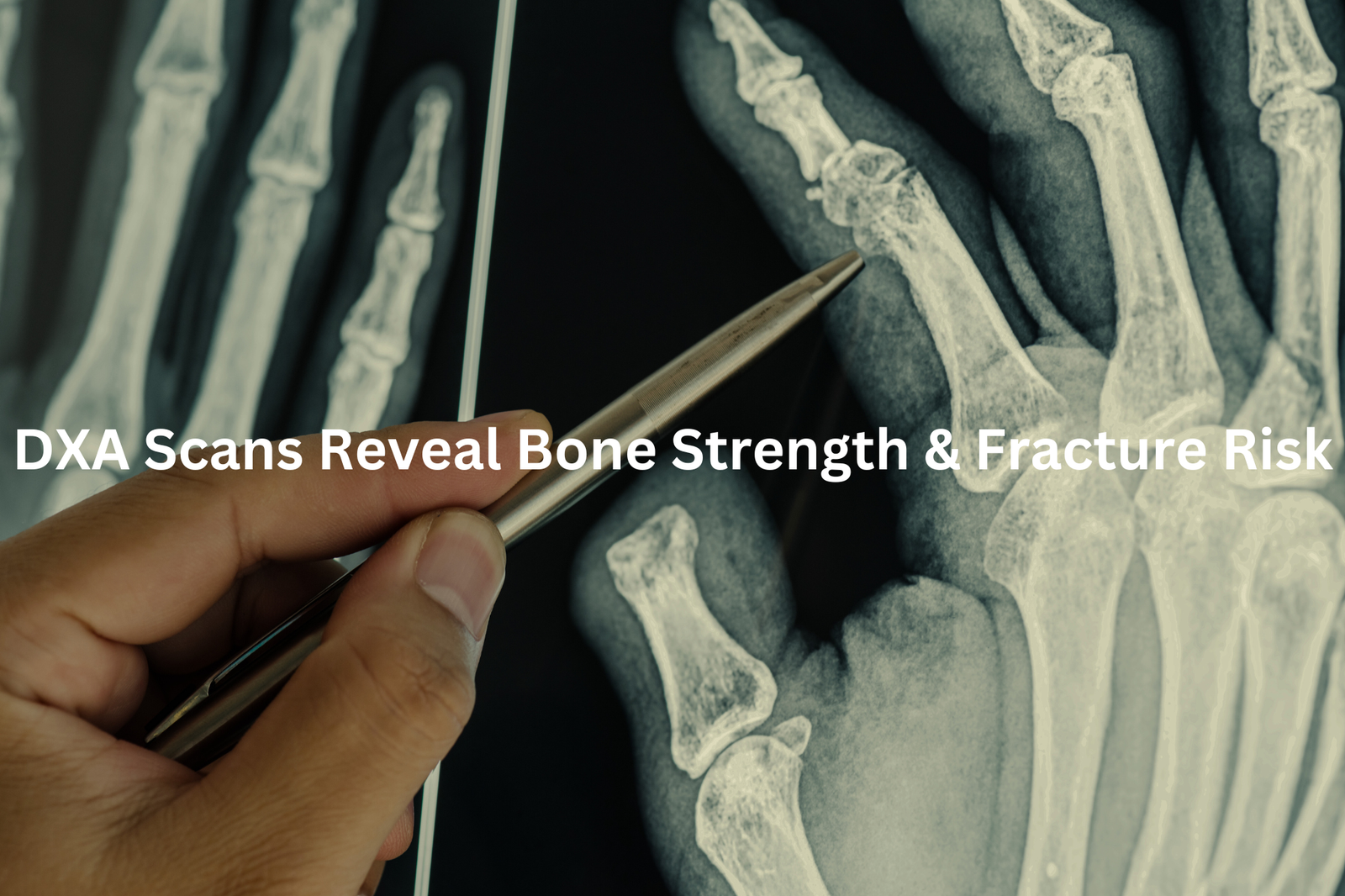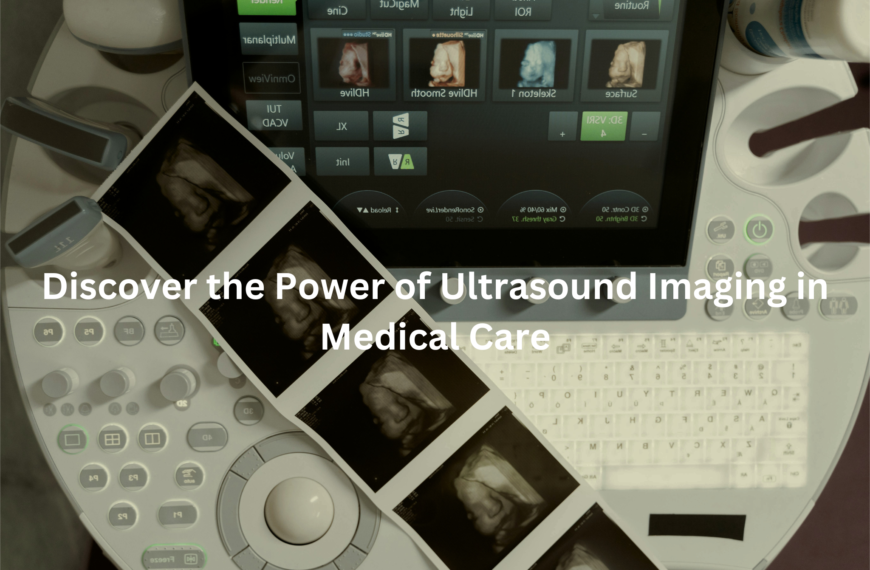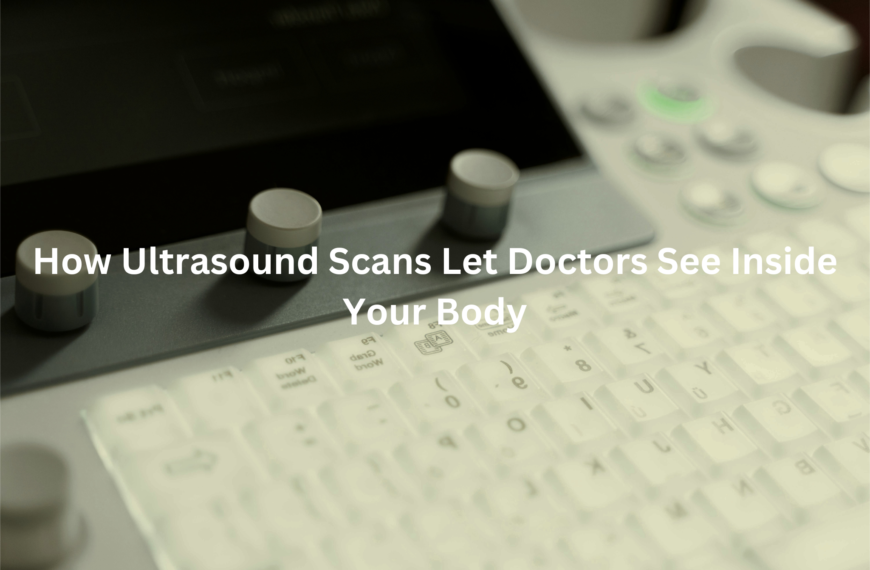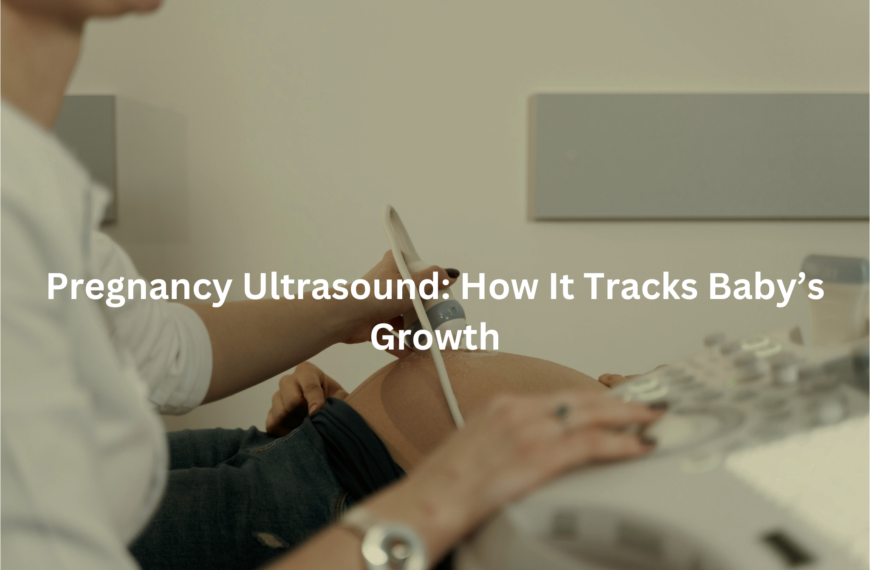DXA scans are key to spotting bone weakness early. Learn how they help keep your bones strong and healthy.
DXA scans are special tests that measure how strong our bones are. They check for low bone mass and risk of fractures, which means they help doctors see if we’re in danger of breaking bones easily. Understanding our bone health can lead to better care.
These tests are quick, often taking about 10 to 30 minutes, and they use low radiation levels. It’s like taking a picture of our bones! If you want to learn more about how DXA scans can keep us healthy and what to expect, keep reading!
Key Takeaway
- A DXA scan measures bone mineral density (BMD) to check for bone loss.
- The test is quick, usually taking 10 to 30 minutes.
- It helps doctors decide on treatment if there are any bone health issues.
What is a DXA Scan?
Bones carry vital health information that many people overlook. A DXA scan (Dual-energy X-ray Absorptiometry) reveals these hidden messages through precise bone density measurements(1).
This painless scan checks the spine and hips, spots where breaks can cause serious problems. The machine sends two different X-ray beams through the bones (at distinct energy levels) to create detailed pictures of bone strength.
The scan measures:
- Bone mineral density (BMD)
- Body fat percentage
- Muscle mass distribution
Doctors use T-scores to compare results with young adult bones. A score below -2.5 suggests osteoporosis, while scores between -1 and -2.5 signal early bone loss.
Medicare covers DXA scans for Australians over 70, or those with specific risk factors. People with family histories of bone disease, smokers, or those on certain medications might need testing earlier.
Regular bone density testing helps catch problems before fractures happen. Most medical centres in Australia offer DXA scans with a doctor’s referral.
Who Needs a DXA Scan?
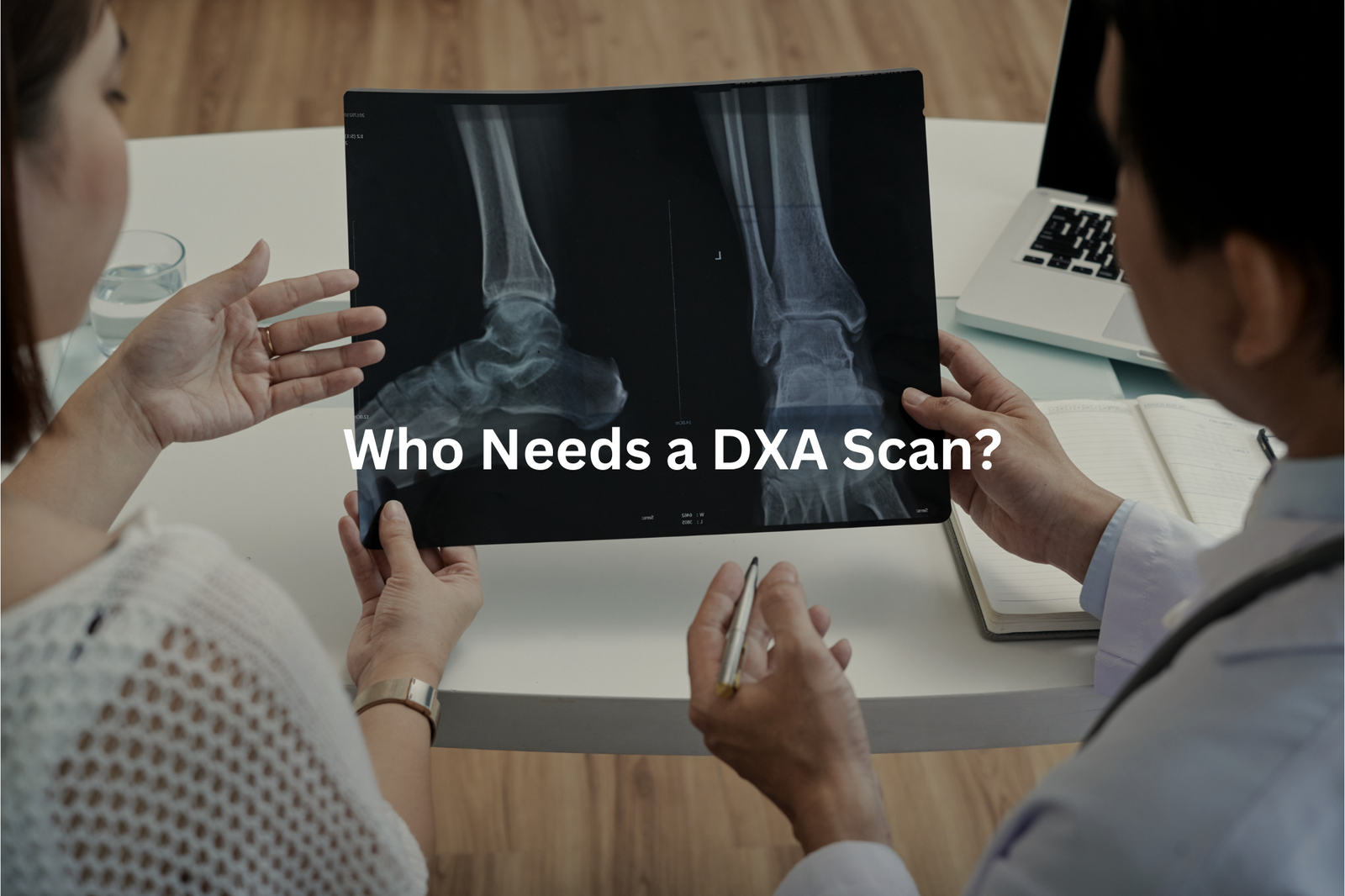
Bones break without warning. No signs, no hints – just a sudden snap that changes everything. DXA scans measure bone mineral density (BMD), offering early detection before fractures occur. Medical professionals suggest these scans for several groups:
- Adults over 50, when bone loss accelerates
- People with osteoporosis risk factors (family history, smoking, long-term steroid use)
- Those who’ve had fractures from minor falls
While white women face higher risks, bone density issues can affect anyone. The scan produces T-scores that guide treatment decisions. A score between -1 and -2.5 indicates osteopenia (low bone density), while below -2.5 signals osteoporosis.
Many patients skip these vital scans, not realising bones weaken silently. Early detection through DXA scanning helps prevent fractures before they happen. Regular screening for at-risk groups could mean the difference between maintaining strong bones or facing a preventable break.
Medicare covers DXA scans for eligible Australians. Patients should discuss their bone health risks with their GP.
What to Expect During the Scan
Sources: Australian Sports Commission.
The DXA bone density scan takes place in a quiet hospital room, where the air carries that distinct medical-grade cleanliness.
This simple test measures bone mineral density (BMD) to check for conditions like osteopenia and osteoporosis. The process takes 10 to 30 minutes and involves these steps:
• Patients change into a hospital gown, removing metal items
• They lie flat on a padded examination table
• A scanner arm moves above the body, collecting data
• A knee cushion helps maintain proper spine position
The machine captures detailed images without any discomfort or noise (unlike MRI scans). It produces T-scores that show bone strength: above -1 is healthy, -1 to -2.5 indicates bone loss, while below -2.5 confirms osteoporosis.
Early detection through DXA scans helps prevent fractures, especially for those with risk factors like advanced age or family history. Medicare covers this test every 24 months for eligible patients in Australia.
Preparing for a DXA Scan
Getting ready for a DXA scan requires minimal preparation, yet proper steps make a difference. The bone density test takes about 30 minutes and measures bone strength through low-dose x-rays(2).
Patients should wear loose, comfortable clothing without metal parts. Sweatpants and a t-shirt work well (metal zippers, buttons, or decorative elements can affect the scan results). All jewellery needs removal before the procedure – this includes necklaces, rings, and even bras with metal clasps.
For accurate results, patients must:
- Skip calcium supplements 24 hours before
- Inform staff about recent contrast material tests
- Mention any metal implants or surgical hardware
- Remove all metal objects from pockets
Athletes need consistent timing between scans since exercise patterns affect bone density readings. Most clinics provide hospital gowns if needed. The scan itself involves lying still on a padded table while a scanning arm moves above. No fasting required, no needles involved.
After the DXA Scan
A DXA scan stands out among medical tests for its simplicity and comfort. Patients lie still on a padded table while a scanner moves above them, measuring bone density in just minutes.
The process requires no recovery time or special preparation. Most patients return to their daily activities right after the scan (work, exercise, or other commitments).
The scan produces a T-score, which doctors use to assess bone health:
- Above -1: Normal bone density
- Between -1 and -2.5: Osteopenia (lower bone mass)
- Below -2.5: Osteoporosis (increased fracture risk)
Medical professionals consider several factors beyond the scan results, including diet, physical activity, and genetic background. Treatment options vary based on individual needs – from calcium supplements and weight-bearing exercises to prescription medications that slow bone loss.
The scan serves as a baseline measurement, particularly beneficial for those with previous fractures or family history of bone-related conditions.
Understanding the Results

A DXA scan shows bone strength in minutes, giving clear answers about bone health. The scan measures density at key spots like hips and spine (using low-dose x-rays at just 1/10th the radiation of a chest x-ray).
The results come in three categories:
- Normal bone density: Bones are strong and healthy
- Osteopenia: Bones show early signs of thinning
- Osteoporosis: Bones have become fragile and break easily
Medical professionals look beyond just numbers. They factor in age, genetics, and lifestyle habits to build a complete picture. The same reading means different things for different age groups.
For better bone health:
- Get enough calcium (1,000-1,200 mg daily)
- Add vitamin D (600-800 IU per day)
- Do weight-bearing activities
- Choose calcium-rich foods like dairy and leafy vegetables
- Cut back on fizzy drinks and excess salt
While some patients need prescription medicine, others might just need lifestyle changes. Regular check-ups help track progress and adjust treatment plans.
Where to Get a DXA Scan
DXA scanners stand apart from typical hospital equipment – no noise, no fuss. Just a simple table with an overhead arm that moves slowly across the body.
These bone density machines can be found in several locations:
- Hospital radiology departments
- Independent imaging clinics
- Specialised bone density centers
In Australia, patients need referrals from healthcare providers like GPs or endocrinologists before booking a scan. Costs vary between clinics. Some offer bulk-billing (Medicare covers the full cost), while others charge between 100−100-100−160.
Medicare benefits apply to:
- People aged 70 and above
- Those with osteoporosis risk factors:
- Early menopause
- Long-term steroid treatment
- Previous bone fractures
The scanning process takes about 15 minutes. Patients lie still while the machine measures bone density in specific areas (usually hips and spine). Results help doctors assess bone health and fracture risks, leading to better treatment plans.
Important Considerations
Bone density measurements need careful attention to detail. DXA scans, the main tool for checking bone strength, must follow strict rules for accurate results(3).
Medical guidelines set clear limits for these scans:
• Maximum 3-4 scans yearly (radiation exposure adds up)
• Same scanning location and machine for consistency
• Metal-free scanning area
Small items can affect readings significantly. Patients should wear loose clothing without metal parts – no zippers, buttons, or jewellery during the scan.
Doctors use T-scores to track changes. A score drop of 0.5 or more signals possible bone thinning (osteopenia). Scores below -2.5 indicate osteoporosis. Even smaller changes, like moving from -1.8 to -2.3, need attention.
Early detection helps prevent further bone loss. Treatment options include:
• Weight-bearing exercises
• Daily calcium intake (1000-1300mg)
• Vitamin D supplements (800-1000 IU)
• Prescribed medications when needed
Regular monitoring helps catch problems before bones become too weak.
FAQ
What is the difference between a DXA scan and a CT scan?
A DXA scan and a CT scan are both medical imaging tests, but they measure different things. A DXA scan is used to measure your bone density, while a CT scan creates detailed images of the inside of your body, including your bones. DXA scans use a small amount of radiation, while CT scans use a larger dose.
How does a DXA test or DEXA scan work?
A DXA or DEXA scan uses two different X-ray beams to measure the amount of bone and soft tissue in your body. It’s a quick and painless procedure that can tell you if you have normal bone, low bone mass, or osteoporosis. The scan focuses on your spine, hips, and sometimes your whole body.
What are the benefits of getting a bone scan or DXA scan?
A DXA or bone scan can help diagnose osteoporosis, a condition where your bones become weak and more likely to break. It can also measure your peak bone mass and track changes in your bone density over time. This information helps doctors assess your risk of a future hip or spine fracture.
Who should get a DXA or DEXA scan for their total body or total hip?
People at high risk for osteoporosis, like older adults, postmenopausal women, and those who have broken a bone as an adult, should get a DXA scan to measure their bone mineral content and density. It’s also recommended for people with certain medical conditions or taking medications that can weaken bones.
How often should I get a follow-up DXA or DEXA scan?
The frequency of follow-up DXA or DEXA scans depends on your individual situation and risk factors. In general, healthy young adults may only need one every 5–10 years. Those with low bone density or at high risk for fractures may need scans more often, like every 1–2 years, to monitor changes in their bone health.
Conclusion
DXA scans are really important for checking our bones’ strength. They help doctors find out if we’re at risk for fractures. It’s like having a special camera that looks deep inside us. This way, we can learn how to take better care of our bones. If you think a DXA scan is something you might need, just ask your doctor. They can explain what it is and what to expect during the scan.
References
- https://www.healthdirect.gov.au/bone-density-scan
- https://www.health.vic.gov.au/radiation/requirements-for-the-assessment-of-body-composition-using-dxa
- https://hawkerplacephysio.com.au/blog/making-sense-of-dxa-scans/

